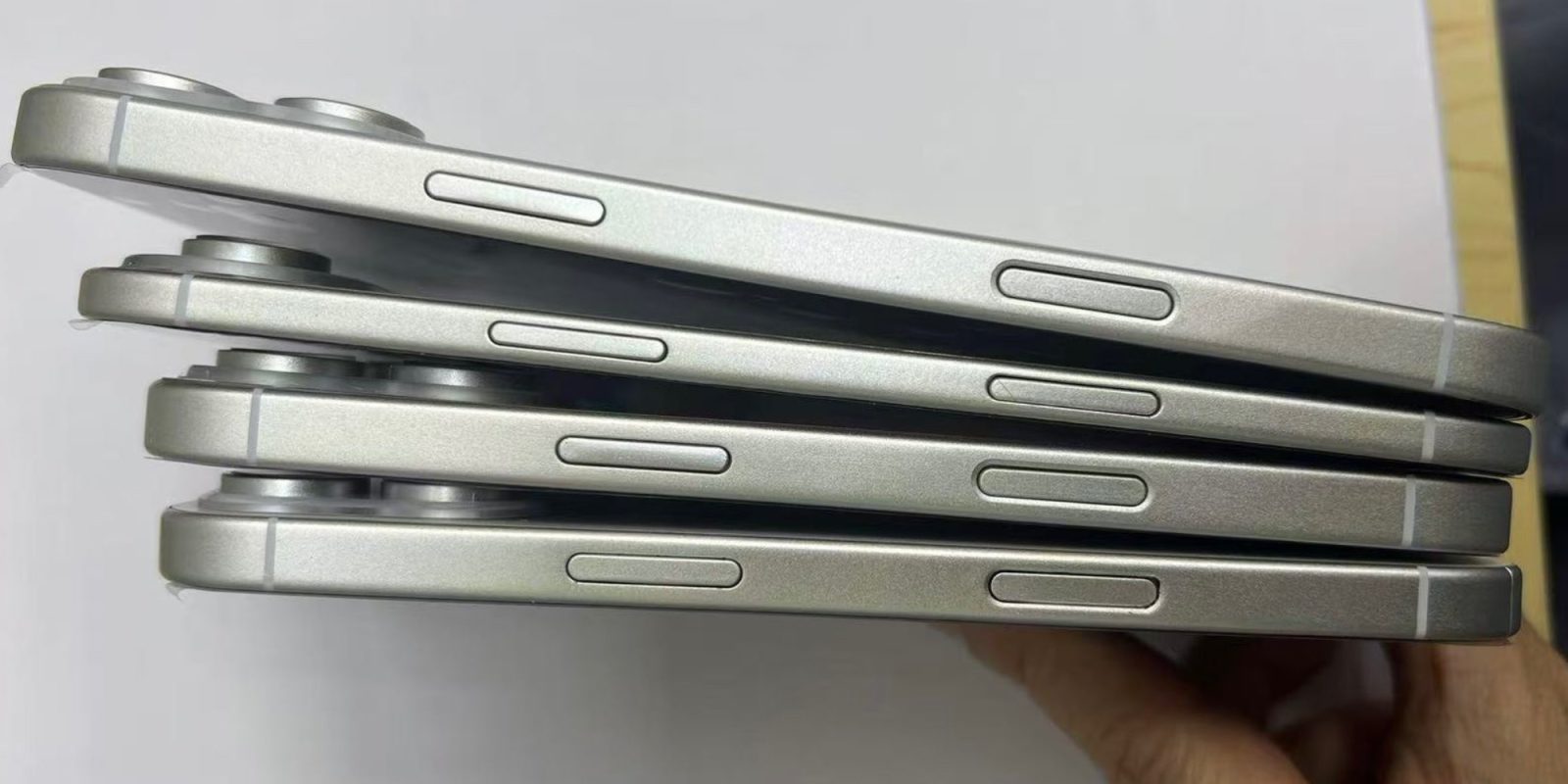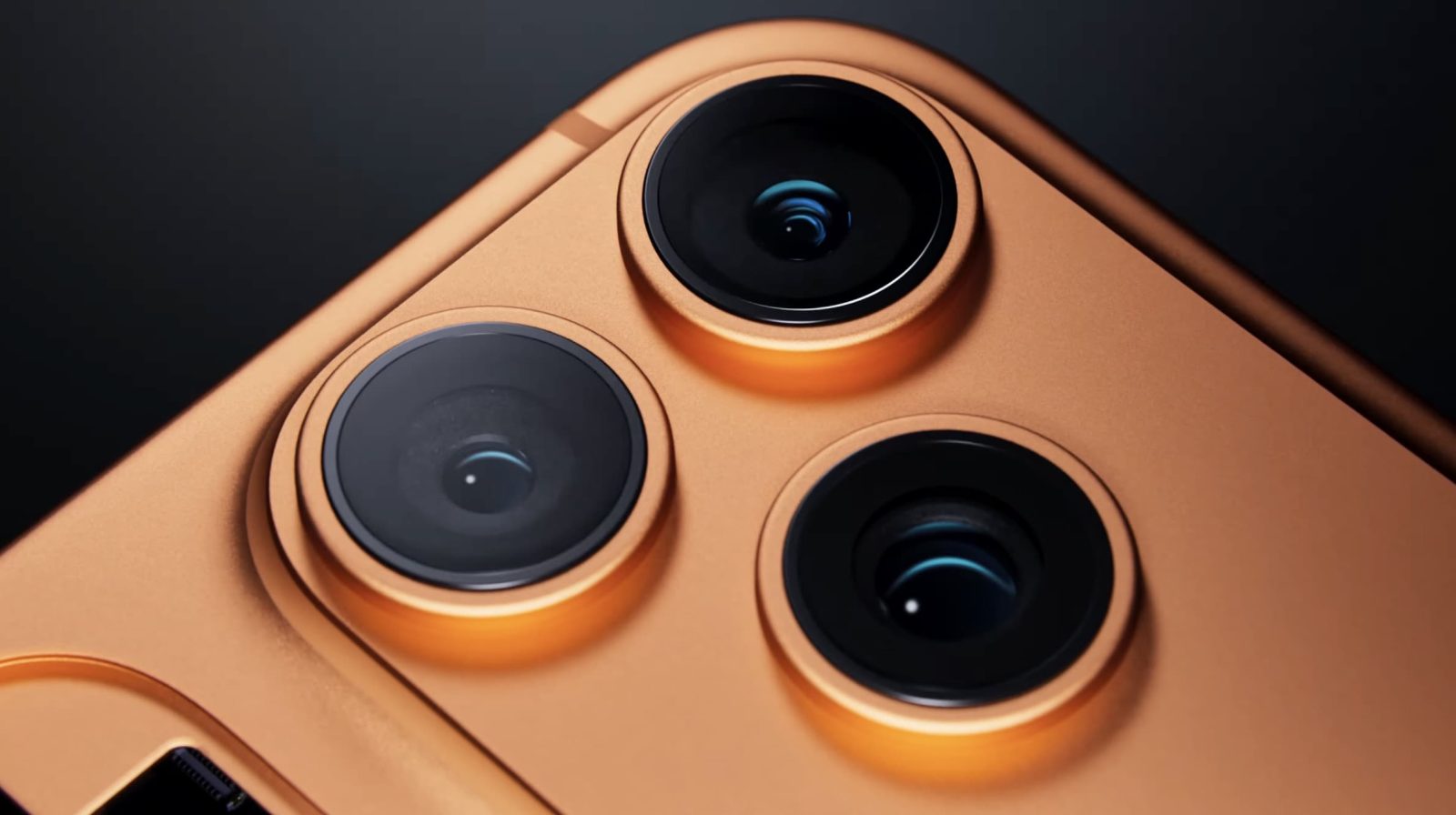Apple is poised to redefine smartphone aesthetics with the upcoming iPhone 17 Air, a device that promises to be one of the thinnest smartphones ever produced. Recent leaks and reports have provided a glimpse into this groundbreaking design, highlighting a device that is barely thicker than its side buttons.
Design and Dimensions
The iPhone 17 Air is expected to feature an ultra-slim profile, with thickness measurements ranging between 5.5mm and 6.25mm. This marks a significant reduction from the current iPhone 16 Pro’s 8.25mm thickness, positioning the iPhone 17 Air as Apple’s slimmest iPhone to date. Notably, the device’s side profile appears almost as thin as the volume and sleep/wake buttons, emphasizing its sleek design.
Materials and Build
To achieve this remarkable thinness without compromising structural integrity, Apple is reportedly utilizing a specialized alloy of titanium and aluminum. This combination aims to provide durability while maintaining a lightweight feel, addressing concerns from previous models like the iPhone 6 Plus, which faced structural issues due to its slim design. ([los40.com](https://los40.com/2025/04/24/el-iphone17-air-sera-tan-delgado-como-sus-botones-y-ya-hay-fotografias/?utm_source=openai))
Display and Camera Features
The iPhone 17 Air is anticipated to sport a 6.6-inch OLED display with a 120Hz ProMotion refresh rate, offering users a smooth and responsive visual experience. In terms of photography, the device is expected to house a single 48-megapixel rear camera, a departure from the multi-camera setups seen in recent models. This minimalist approach aligns with the device’s ultra-thin design ethos. ([gadgets360.com](https://www.gadgets360.com/mobiles/news/apple-iphone-17-air-slim-thickness-specifications-ming-chi-kuo-7461567?utm_source=openai))
Technological Innovations
In line with its slim profile, the iPhone 17 Air is rumored to eliminate the physical SIM card slot, opting instead for global eSIM technology. This move not only contributes to the device’s thinness but also aligns with the industry’s shift towards digital SIM solutions. Additionally, the device is expected to be powered by Apple’s A18 or A19 chip, coupled with 8GB of RAM, ensuring robust performance. The integration of Apple’s custom-designed 5G modem is also anticipated, enhancing connectivity while conserving space. ([gadgets360.com](https://www.gadgets360.com/mobiles/news/apple-iphone-17-air-slim-thickness-specifications-ming-chi-kuo-7461567?utm_source=openai))
Market Position and Pricing
The iPhone 17 Air is projected to replace the current Plus model in Apple’s lineup, targeting consumers seeking a premium, ultra-thin smartphone experience. Pricing is expected to range between $1,299 and $1,500, positioning it firmly within the high-end market segment. ([gadgets360.com](https://www.gadgets360.com/mobiles/news/apple-iphone-17-air-slim-thickness-specifications-ming-chi-kuo-7461567?utm_source=openai))
Industry Trends and Consumer Reception
The push towards ultra-thin smartphones is not exclusive to Apple. Competitors like Samsung are also rumored to be developing sleek devices, such as the Galaxy S25 Edge, indicating a broader industry trend towards thinner designs. While these designs appeal to style-conscious consumers, potential trade-offs, such as reduced battery capacity and camera capabilities, may influence consumer decisions. Apple’s challenge will be to balance design aesthetics with functional performance to meet user expectations. ([tomsguide.com](https://www.tomsguide.com/phones/galaxy-s25-edge-and-iphone-17-air-could-make-this-the-year-of-the-thin-phone-but-will-shoppers-bite?utm_source=openai))
Conclusion
The iPhone 17 Air represents a bold step in smartphone design, emphasizing ultra-thin aesthetics without sacrificing performance. As the industry gravitates towards sleeker devices, Apple’s approach with the iPhone 17 Air could set a new standard for future smartphones. However, the success of this design will ultimately depend on consumer reception and the device’s ability to deliver a balanced user experience.



